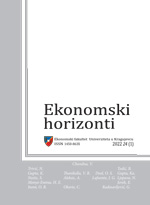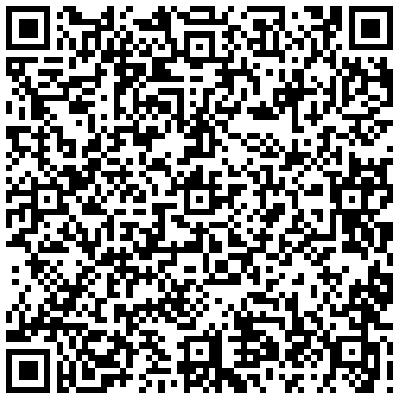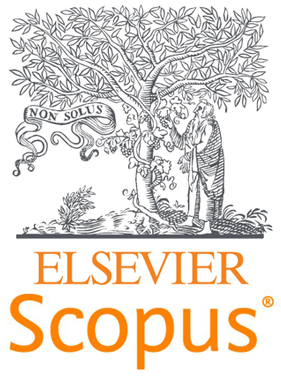CURRENT ACCOUNT IMBALANCES AND EXCHANGE RATE VOLATILITY: EMPIRICAL EVIDENCE FROM INDONESIA
Haryo Kuncoro1 and Fafurida Fafurida2
1State University of Jakarta, Faculty of Economics, Indonesia
2State University of Semarang, Faculty of Economics, Indonesia
Whether macroeconomic fundamentals affect the exchange rate volatility in emerging markets with an inflation-targeting regime or not is highly challenging. In this paper, the impact of the current account deficits and foreign reserves on the volatility of real exchange rates. Applying threshold quantile regression models related to Indonesia over the period from 2005(7) to 2021(12), it is concluded that both variables play an important role in controlling the exchange rate instability. Both coefficients are also found to have an upward linear pattern. The asymmetric impact of current account balance holds. Claiming that a two-percent current account deficit in the GDP is the safe amount of the deficit that will not significantly affect the foreign-exchange rate is justified as such. The asymmetric behavior of the current account balance has the potential to trigger real exchange rate volatility, thereby undermining the monetary policy within the framework of the inflation targeting regime. Accordingly, the optimal stock of foreign reserves might avoid imposing dual goals of inflation targeting and exchange rate stability.
Keywords: current account, foreign reserves, exchange rate, asymmetric response, quantile regression
JEL Classification: E58, F31, F32, O24




